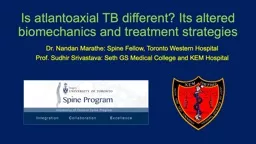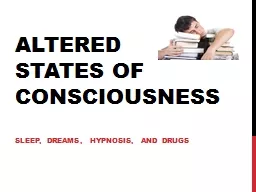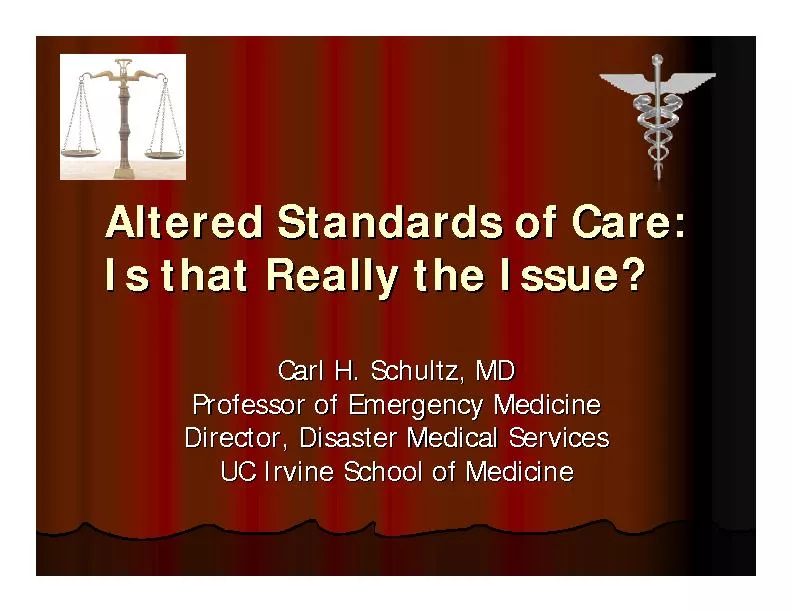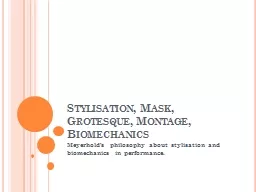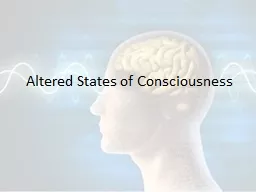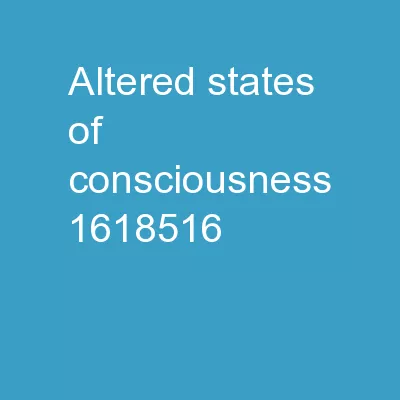PPT-Is atlantoaxial TB different? Its altered biomechanics and treatment strategies
Author : caitlin | Published Date : 2022-06-08
Dr Nandan Marathe Spine Fellow Toronto Western Hospital Prof Sudhir Srivastava Seth GS Medical College and KEM Hospital Presenter Nandan Marathe TB in Atlantoaxial
Presentation Embed Code
Download Presentation
Download Presentation The PPT/PDF document "Is atlantoaxial TB different? Its altere..." is the property of its rightful owner. Permission is granted to download and print the materials on this website for personal, non-commercial use only, and to display it on your personal computer provided you do not modify the materials and that you retain all copyright notices contained in the materials. By downloading content from our website, you accept the terms of this agreement.
Is atlantoaxial TB different? Its altered biomechanics and treatment strategies: Transcript
Download Rules Of Document
"Is atlantoaxial TB different? Its altered biomechanics and treatment strategies"The content belongs to its owner. You may download and print it for personal use, without modification, and keep all copyright notices. By downloading, you agree to these terms.
Related Documents

